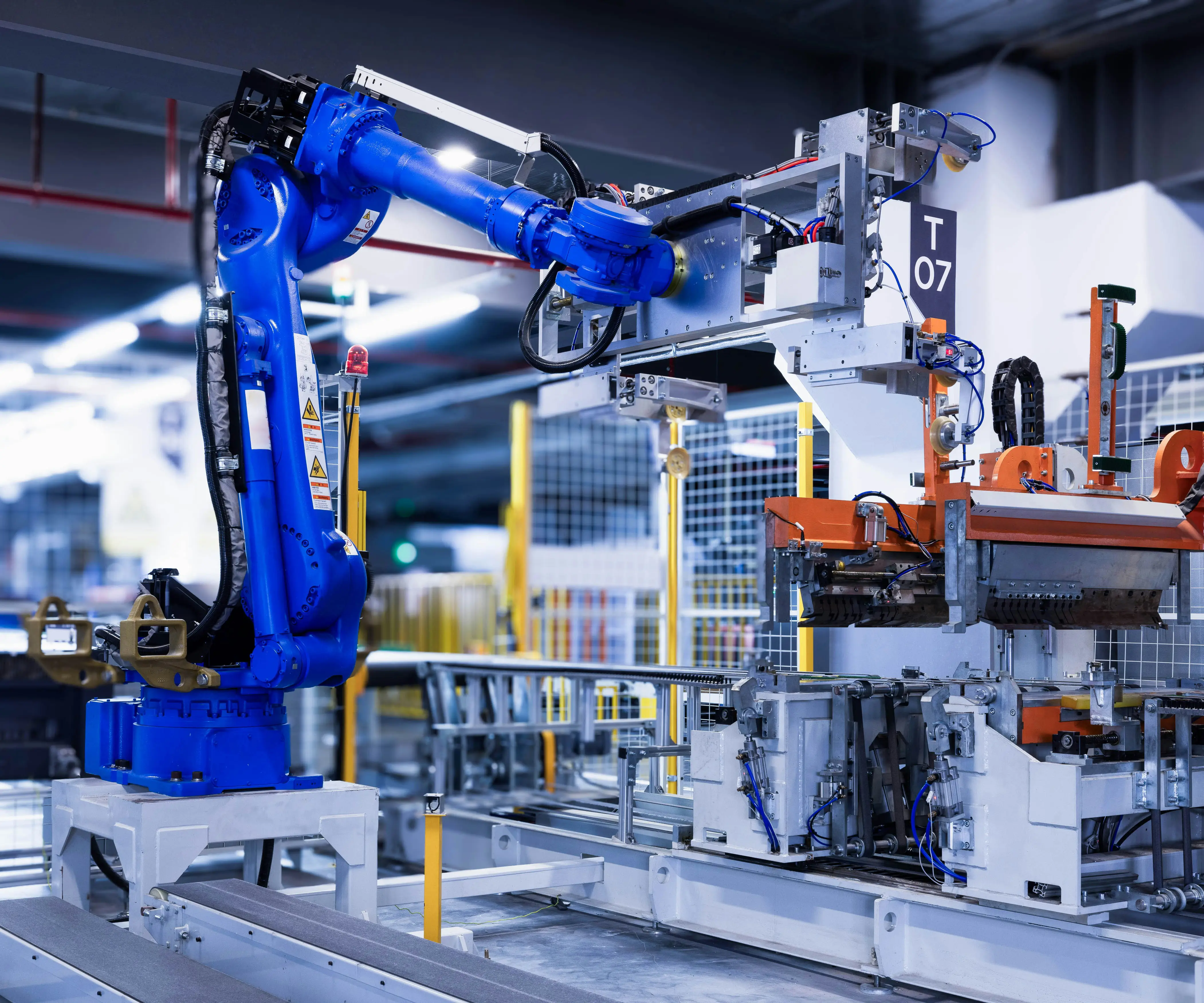Imagine powering up a device that needs precision, efficiency, and smooth operation. That’s exactly what a brushless DC motor controller circuit diagram offers. When you think about motor controls, the first thing that comes to mind is reliability, and this circuit design is engineered for just that. It’s like the heartbeat of modern robotics, drones, and electric vehicles — quietly ticking along, making sure everything runs seamlessly.

This diagram isn’t just a bunch of lines and symbols. It’s a roadmap for cutting-edge motor management. Picture an open circuit, then add a twist — integrating high-efficiency MOSFETs, sensor inputs, and pulse-width modulation. Suddenly, you have a system that can adapt on the fly, delivering smooth acceleration and deceleration without any jerks or hiccups. That’s the magic of this design: fine control over speed and torque, all while conserving power.
Ever wonder why brushless DC motors are growing in popularity? They last longer, run cooler, and need less maintenance. The control circuit is what unlocks all these benefits. It handles everything from velocity regulation to protecting the system against overloads. Think of it as the brain behind the motor's performance, constantly adjusting the signals to keep things in balance even under fluctuating loads. For instance, in electric scooters, this circuit makes acceleration feel natural, like riding on a cloud rather than a roller coaster.
But it’s not just about the hardware. The design of this circuit is like a well-crafted recipe, where each component plays a specific role. The microcontroller interprets sensor signals, while the driver circuits handle switching operations—like the conductor leading an orchestra. When you tap into this setup, you basically tap into a world of potential for innovation, whether it's robotics that mimic human movement or industrial automation.
Now, consider this: how tough is this setup to implement? Thanks to clear schematics and adaptable components, it’s surprisingly straightforward. Whether you’re tweaking PWM parameters for torque or adjusting feedback loops for stability, the circuit offers a lot of flexibility. Plus, it’s designed to integrate easily with existing control systems, so expanding or upgrading isn’t an uphill battle.
What makes this really appealing? It’s the blend of simplicity and sophistication. If you’re looking to create something that’s not just functional but also efficient and scalable, the brushless DC motor controller circuit diagram is the way to go. It’s a smart move, especially when sustainability and longevity are on the table. This isn’t just a piece of technology — it’s a catalyst for smarter, cleaner, and more responsive motor control solutions.
Personal projects, commercial applications, university labs — this circuit diagram fits into all these worlds. It’s like having a versatile toolkit that adapts to your needs, whether you’re optimizing a drone’s flight stability or designing an energy-saving industrial robot. With reliable components and thoughtful design, it’s more than just an idea; it’s a powerful platform for innovation.
In the end, what draws people in is the promise of smooth, efficient control. It’s about mastering dynamics without complicating life. And that’s what this circuit diagram delivers — a reliable, flexible, high-performance foundation for the future of motor control.
Leveraging innovations in modular drive technology, Kpower integrates high-performance motors, precision reducers, and multi-protocol control systems to provide efficient and customized smart drive system solutions.




































